In recent years, the debate between modular construction and traditional building methods has intensified dramatically.
The construction industry’s dynamic landscape is ever-changing. With escalating material costs, labor shortages, and the need for more efficient and affordable housing, a growing debate has emerged between proponents of modular construction and traditional building methods. In order to fully understand the implications of this debate, we need to take a closer look at the differences and similarities between the two construction methods.
Understanding Modular Construction
Modular construction is a process where a building is fabricated in sections or modules within a controlled factory environment. These modules are then transported to the construction site and assembled to form the complete structure. In no time at all, a site can go from a bare foundation to a building that can be occupied quickly.
Traditional construction methods, on the other hand, require that the entire building process occur on-site. As a result, the process is subject to external factors such as weather, material transport, labor, and more.
The key distinction between the two methods lies in the location of assembly. With modular construction, the units are built within a controlled factory environment, which allows them to be processed quickly and with far less waste when compared to traditional construction methods. As a result, it is not subject to the same on-site variables like weather conditions and labor availability.
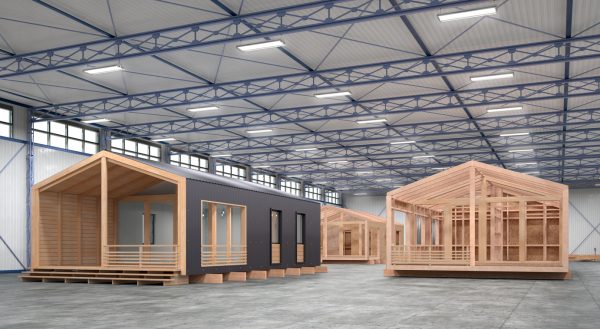
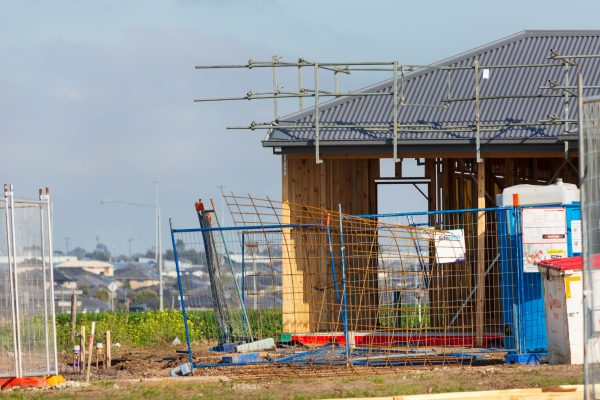
Time Comparison: Speed of Modular vs Traditional Building
One of the biggest advantages of going with modular construction is the time comparison. Since modular construction allows simultaneous site preparation and module fabrication, modular methods can substantially reduce overall construction times for just about any project.
Average Build Times
Let’s take a closer look at a simple comparison between modular construction and traditional building methods.
| Construction Type | Build Time (Urban Area) | Build Time (Rural Area) |
|---|---|---|
| Modular | Approximately 12 weeks | Approximately 14 weeks |
| Traditional | 6–12 months | 8–18 months |
These factors can vary greatly depending on the region. For example, in South Australia, traditional construction projects have faced delays due to labor shortages and financial constraints. Reports indicate that some homeowners experience prolonged construction periods, which result in a project that is less convenient and more expensive.
With modular construction, 90% of the actual construction occurs off-site. This minimizes the amount of on-site work, associated delays, and provides more predictable timelines.
Factory Assembly vs On-Site Inefficiency
Now, let’s take a closer look at the differences in efficiency.
When your home is built in a factory setting, it is manufactured in a controlled environment where weather conditions have virtually no impact on the construction process itself. Since skilled workers operate in a consistent setting, labor is streamlined, and productivity is increased. Moreover, the factory setting improves material efficiency because of more precise measurements and purchasing in bulk can help to reduce waste. The purchasing and storage of typically used materials also shields modular construction from potential supply chain issues.
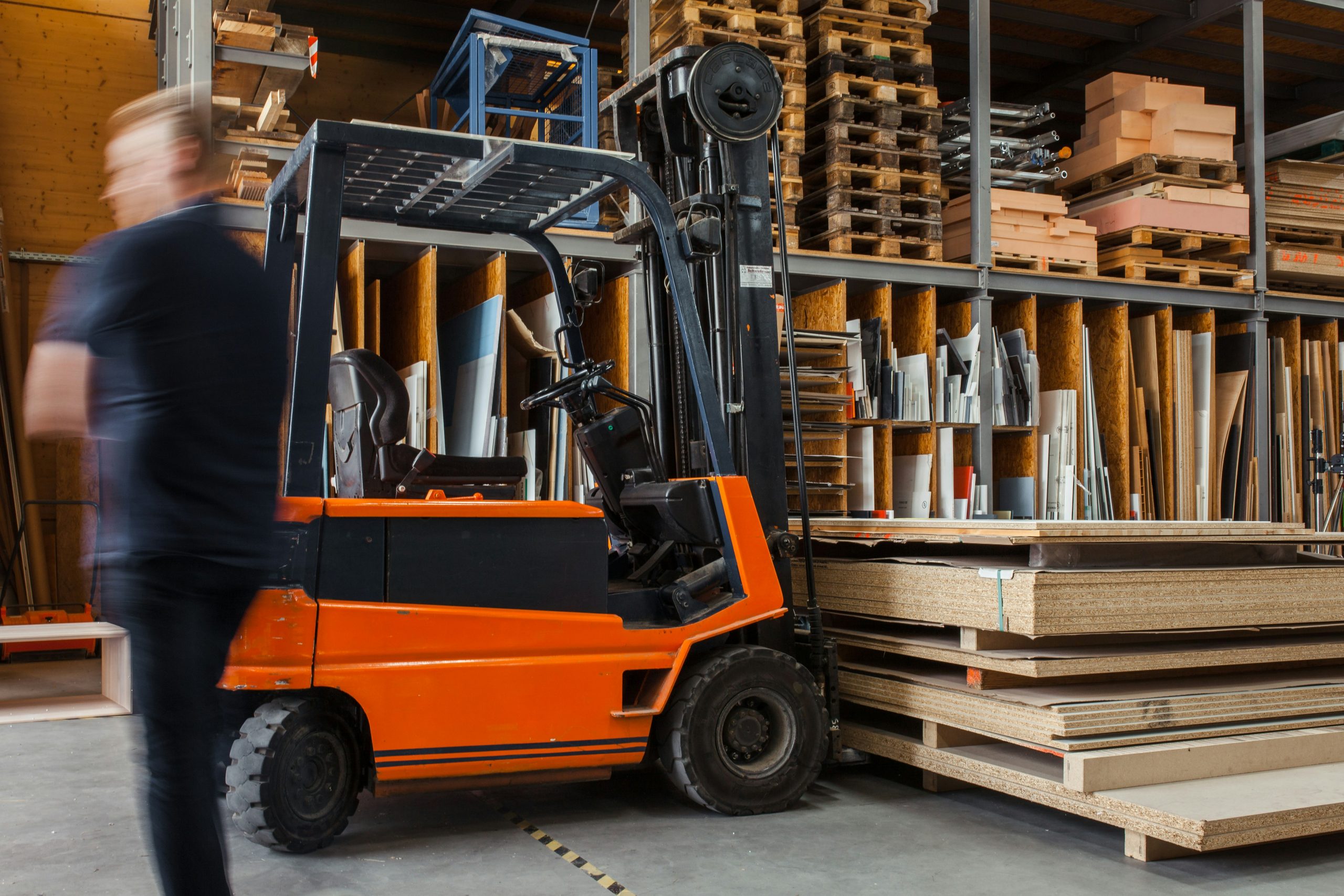
In contrast, typical on-site construction methods often encounter weather delays more often than not. Then there are the never-ending scheduling conflicts between the subcontractors who are responsible for the various aspects of the home’s construction, including plumbing, electrical, and HVAC. Moreover, materials that are left stored on-site can be easily damaged or even stolen, which can increase the overall project cost.
Cost Comparison: Modular Home vs Traditional Home
Naturally, we can’t compare modular construction with traditional methods without also evaluating the differences and costs associated with each, based on the size of the planned building in square meters.
Cost Breakdown (AUD)
| Expense Category | Traditional Build (per m²) | Modular Build (per m²) |
|---|---|---|
| Base Build Cost | $2,500–$4,000 | $2,500–$3,000 |
| Labor Costs | Variable | More Predictable |
| Site Preparation | $30,000–$80,000 | $20,000–$50,000 |
| Timeline Overruns | Potential Additional Costs | Minimal |
With a traditional build, the cost of construction can range from $2,500 to $4,000 per square meter. Factors including labor shortages and increased material costs are harder to predict and can quickly drive up the final cost. A good example of this can be seen in the cost of bricks and bricklaying, which has seen significant increases. Today, traditional clay bricks can cost anywhere from $700 to $1100 per 1000 bricks.
The base cost of modular construction is more or less similar to that of traditional construction methods. However, it’s the predictability of the expenses and the reduced likelihood of overruns and waste that lead to the greatest cost savings.
Hidden Savings with Modular Construction
Beyond the direct costs associated with modular construction, there are also many hidden financial benefits.
For example, the faster completion times associated with modular construction, means you will pay less interest on your construction loan. And, being able to move in faster will help to reduce your interim housing expenses.
You will also save money as a result of lower labor risks. Modular homes are built in a factory setting that uses a centralized labor force. This workforce reports to the same location every day, and each member of the force has his or her own assigned duties. As a result, modular construction projects are generally not exposed to traditional on-site labor shortages.
Since modular homes are built in a factory setting, the units can be designed and built with precision and material usage in mind. As a result, there will be less material waste, which helps to reduce the overall cost of the construction and its impact on the environment.
Urban vs Rural: Modular Construction Advantages
Urban Settings
In the congested urban environment, it can be more difficult to deliver and store materials on-site. And, the strict noise and environmental regulations within the city limit how much work can be accomplished in any given day. Modular construction mitigates these issues by completing the vast majority of the work off-site.
Rural and Remote Areas
At the same time, in the more remote regions of the Northern Territory, labor shortages tend to be more pronounced. Since modular home manufacturers supply their own team of assemblers, labor shortage plays little to no role in the centralized construction and on-site assembly.
Sustainability and Environmental Considerations
In today’s day and age, sustainability plays a crucial role in building construction. And, this is where modular construction truly shines. The factory settings ensure that the process consumes far less energy, and the more precise manufacturing helps to minimize material waste. Moreover, as there is less on-site activity, site disturbance is minimized, reducing the overall environmental impact of the project.
Financing and Market Perception
In the past, finding financing for modular home projects was a challenge. However, the market perception of modular homes has changed dramatically in recent years. Many institutions throughout the country, including the Commonwealth Bank of Australia, now offer mortgages specifically designed for prefabricated homes.
Fast Construction Methods in 2025: Is Modular the Future?
Currently, the Australian government is investing more than $54 million to support the construction of 1.2 million homes, many of which are prefabricated and modular designs. After all, the time it takes to construct a modular home is half that of traditional methods, which makes modular construction the more efficient choice. As a result, the industry is poised for significant growth in 2025 and beyond.
Challenges and Considerations
However, it’s important to remember that although choosing modular construction has plenty of amazing benefits, there are also many challenges to take into consideration when making a final decision. The biggest of these is the transportation of the individual modules. Delivering large modules to some sites can be a complex and costly ordeal–negating the many benefits associated with this construction method.

Conclusion: Modular vs Traditional—What’s Right for You?
When deciding between modular construction versus traditional building, you need to decide just how fast you want the project completed, how much money you plan on saving in the process, whether you are building in the bush or outer metro, and just how much flexibility you need in the design. In the end, modular construction is no longer a fringe choice and has long since become one of the smartest construction methods out there, thanks to its faster, cheaper, and more sustainable results.
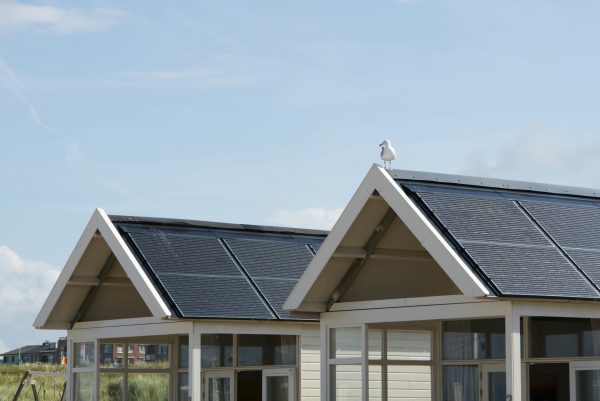
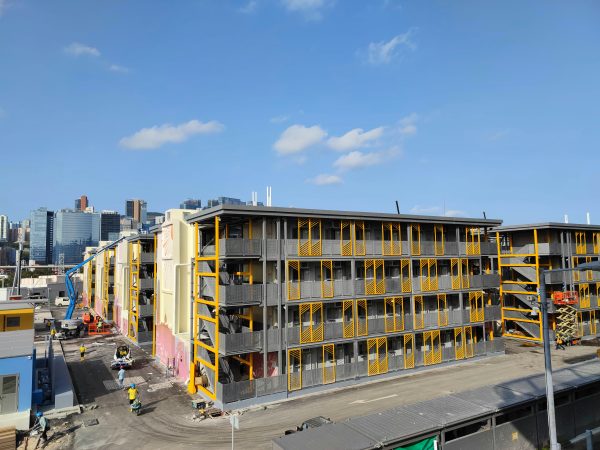
I really enjoyed reading this article—it’s both engaging and full of valuable insights.
The website is a fantastic source of information.